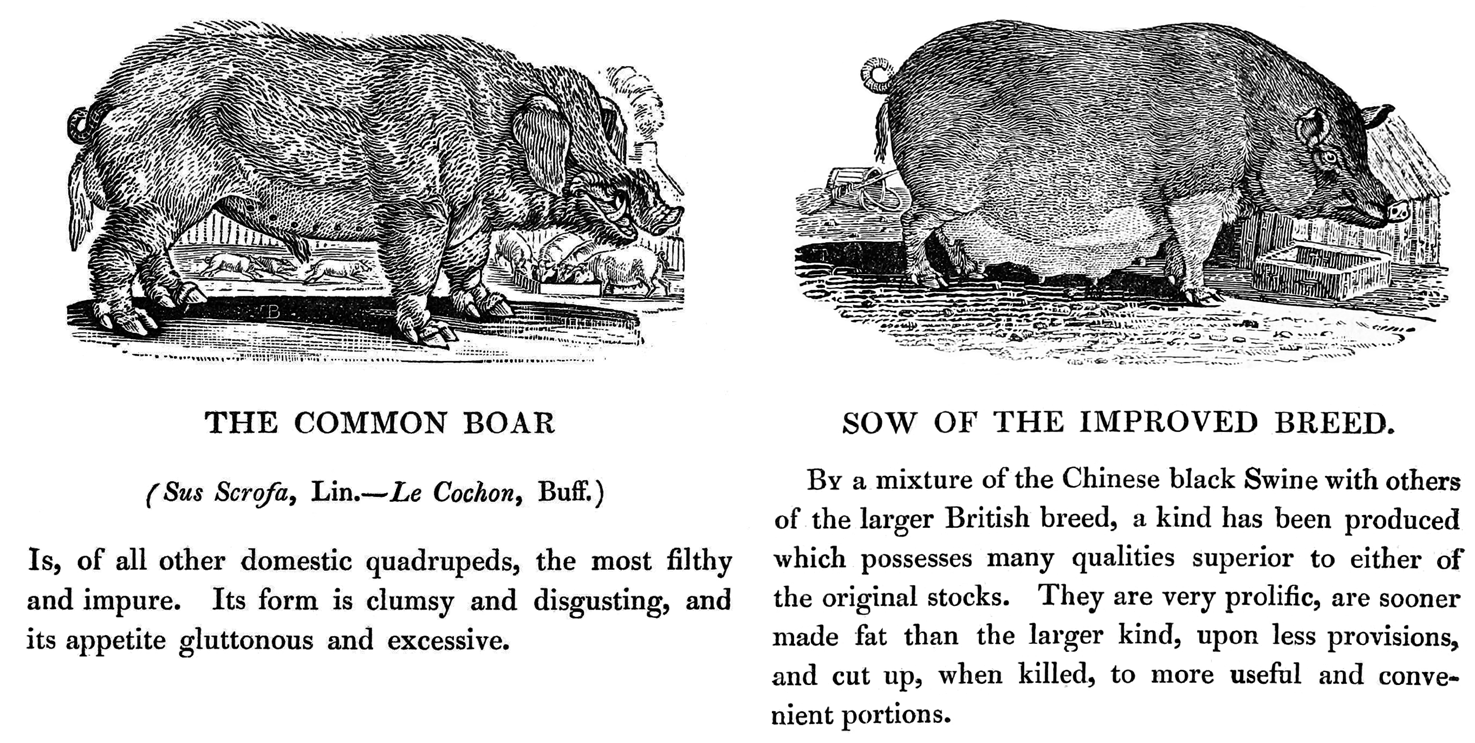
The 18th dynasty rulers, especially Thutmosis III, conducted dozens of military campaigns in the Levant. The first New Kingdom ruler was Ahmose (1550-1525 B.C.E.) who drove the Hyksos out of Egypt, and established many internal reforms and political restructuring. The Middle Kingdom pharaohs conquered Nubia, conducted raids into the Levant, and brought back Asiatics as enslaved people, who eventually established themselves as a power block in the delta region and threatened the empire. The king was still the divine absolute ruler but the government was based on a representative theocracy rather than direct rules. The central administration had a vizier at the top, a treasury, and ministries for harvesting and crop management cattle and fields and labor for building programs. This complex has not survived well.īy the 12th dynasty, the capital moved to Amemenhet Itj-tawj, which has not been found but was likely close to the Fayyum Oasis. Monumental building construction resumed with Bab el-Hosan, a pyramid complex which followed Old Kingdom traditions, but had a mud-brick core with a grid of stone walls and finished with limestone casing blocks. The Middle Kingdom began with the victory of Mentuhotep II of Thebes over his rivals at Herakleopolis, and the reunification of Egypt. The Metropolitan Museum / Rogers Fund, 1915

3100 B.C.E. The administrative structures and royal tombs were built almost entirely of sun-dried mud brick, wood, and reeds, and so little remains of them. The capital of this 1000 km (620 mi) stretch of the river was probably at Hierakonpolis or possibly Abydos where the rulers were buried. By about 3000 B.C.E., the Early Dynastic state had emerged in Egypt, and its rulers controlled the Nile valley from the delta to the first cataract at Aswan. Palermo stone also lists these rulers.Įarly Dynastic Period. 2900 B.C.E.) and the last is Scorpion II, known as the "Scorpion King". These rulers were identified as pharaohs by the presence of the nesu-bit title "King of Upper and Lower Egypt" next to their names. Keith Schengili-Robertsĭynasty 0 is what Egyptologists call a group of Egyptian rulers who are not on Manetho's list, definitely predate the traditional original founder of dynastic Egypt Narmer, and were found buried in a cemetery at Abydos in the 1980s. Recent studies continue to find a more nuanced structure than that suggested by Manetho or the 19th-century historians.Ī procession of the early dynastic Pharaoh Narmer is illustrated on this facsimile of the famous Narmer Palette, found at Hierakonpolis. The Old, Middle and New Kingdoms were periods when upper and lower parts of the Nile Valley were united the Intermediate periods were when the union fell apart. Later in the century, historians imposed the now-familiar Old-Middle-New Kingdom structure onto Manethos' king list. Many other documents pertaining to the royal dynasties had to wait until Egyptian hieroglyphs on the Rosetta Stone were translated by Jean-Francois Champollion in the early 19th century. Other fragments are found in the writings of Africanus and Eusebius. Some of those narratives were used by the Jewish historian Josephus, who wrote his 1st century CE book Against Apion using borrowings, summaries, paraphrases, and recapitulations of Manetho, with specific emphasis on the Second Intermediate Hyksos rulers. Written in Greek and called the Aegyptiaca (History of Egypt), Manetho's complete text has not survived, but scholars have discovered copies of the king's list and other pieces in narratives dated between the 3rd and 8th centuries CE. His entire work included a king-list and narratives, prophecies, and royal and non-royal biographies. The primary source for the thirty established dynasties, sequences of rulers united by kinship or their principal royal residence, is the 3rd century B.C.E. There are ancient history sources such as kings lists, annals, and other documents translated into Greek and Latin, archaeological studies using radiocarbon and dendrochronology, and hieroglyphic studies such as the Turin Canon, the Palermo Stone, the Pyramid and Coffin Texts. The dynastic Egypt chronology that we use to name and classify the 2,700-year-long list of royal pharaohs is based on myriad sources.


 0 kommentar(er)
0 kommentar(er)
